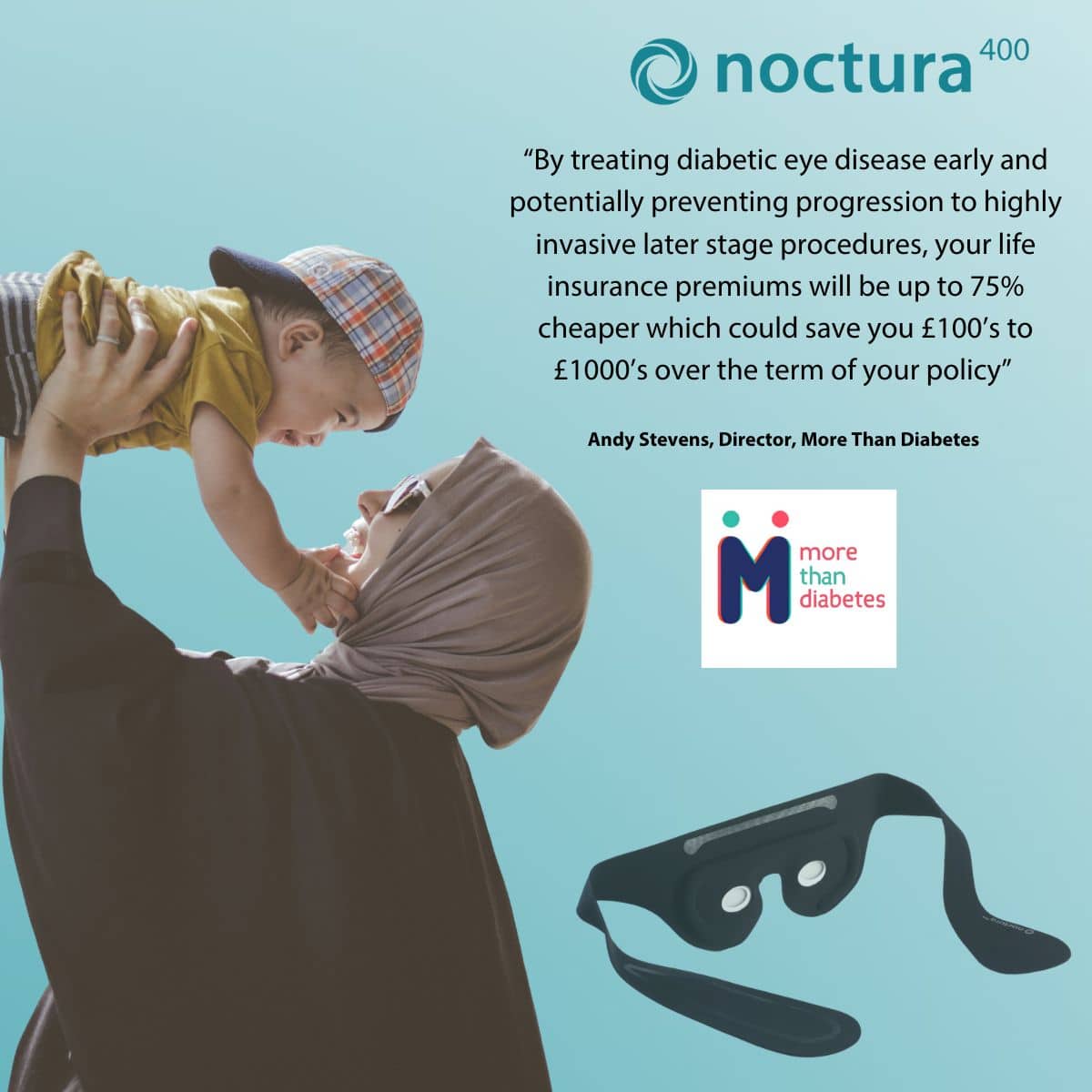
As the cases of diabetes continue to rise globally, so too do the associated complications, one of which is diabetic retinopathy. Within this condition, a specific concern is diabetic macular Oedema (DME). This rather daunting term refers to a build-up of fluid in the macula, a small area in the retina that allows us to see detail clearly. The early detection of DME symptoms is crucial to prevent its progression into serious visual impairment or blindness. Here’s what you need to look out for to protect your eyesight.
Diabetic macular oedema is commonly found in individuals suffering from diabetic retinopathy, a condition occurring as a consequence of damages to the blood vessels of the light-sensitive tissue at the back of the eye – the retina. Over time, diabetes weakens the small blood vessels in the eye, prompting them to leak fluid or bleed. This creates swelling and distorts vision, leading to DME.
While symptoms may not always be evident, some DME sufferers can experience a range of visual disruptions. Here are some signs to watch out for:
Recognising these signs is the first step in managing and treating DME. Early diagnosis is crucial to prevent permanent damage. It’s recommended that if you have diabetes, you should have an annual dilated eye exam, even if you’re not showing symptoms.
If detected early, DME can be treated with several therapies, sometimes used in combination. One of these is light therapy, a non-invasive treatment carried out overnight using the Noctura 400 sleep mask. This ingenious device delivers low-level light, reducing the retina’s oxygen demand during sleep and preventing hypoxia (oxygen deprivation), reducing the risk of vision loss. It’s a simple, at-home therapy designed to provide relief from the complications of DME without invasive procedures or eye injections.
Living with diabetes often requires an adjustment in lifestyle and ongoing vigilance with your overall health, and your eye health is no exception. By understanding the symptoms of DME and taking swift action if you recognise any of these signs, you can help preserve your sight. Regular eye exams, coupled with effective treatments like the Noctura light therapy mask, can go a long way towards preventing serious vision loss due to DME.
Remember, in managing diabetes and its related complications, being observant and proactive makes all the difference between seeing clearly and corrective eye procedures. Early detection and effective treatment are the keys to maintaining your vision. Seek help immediately when you notice any changes to your vision, because when it comes to your eyesight, it truly is a case of seeing the signs.

